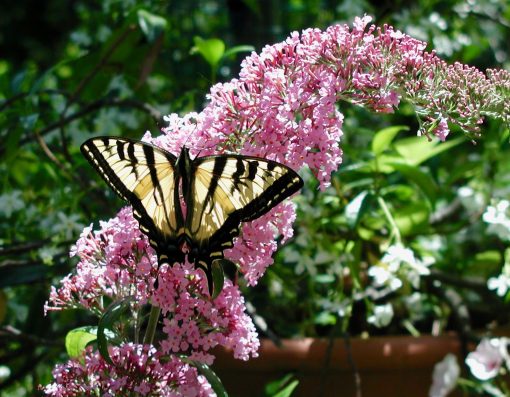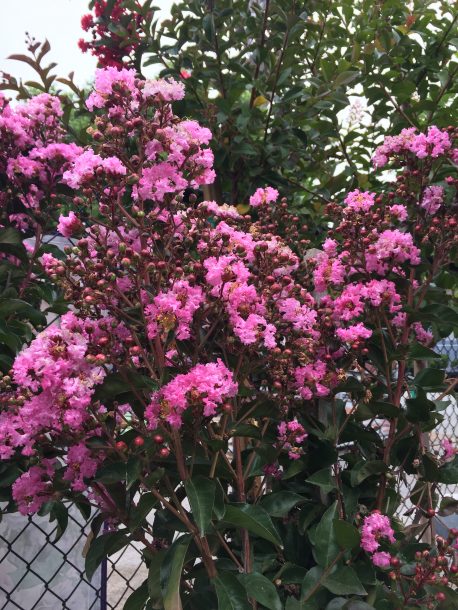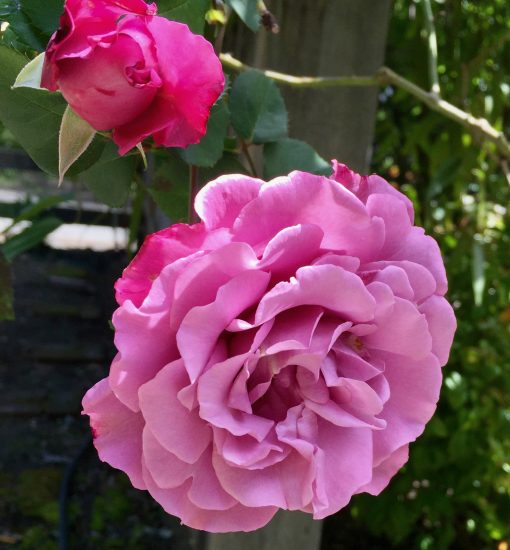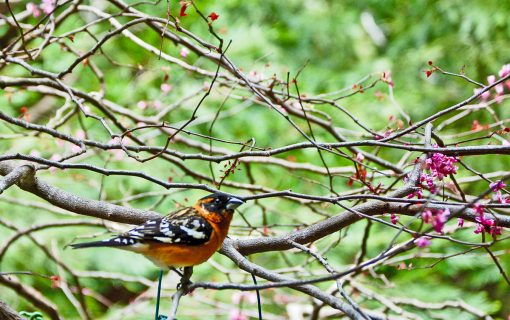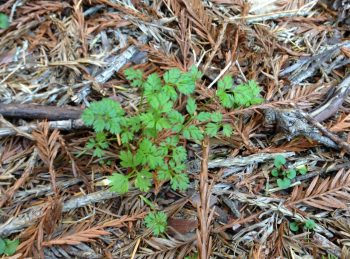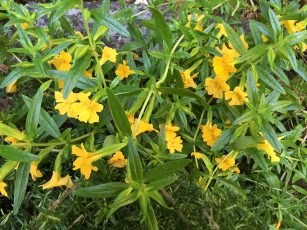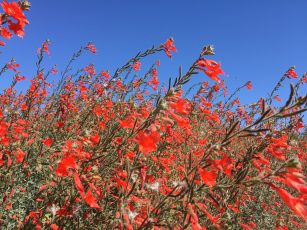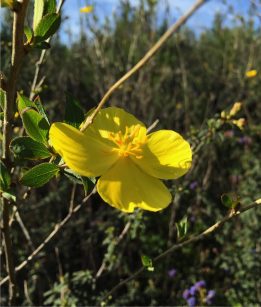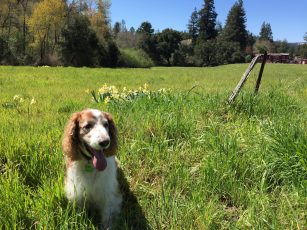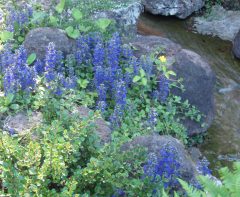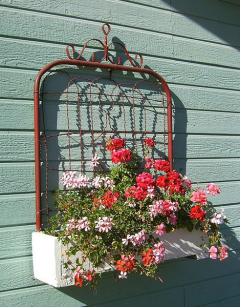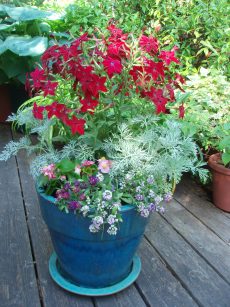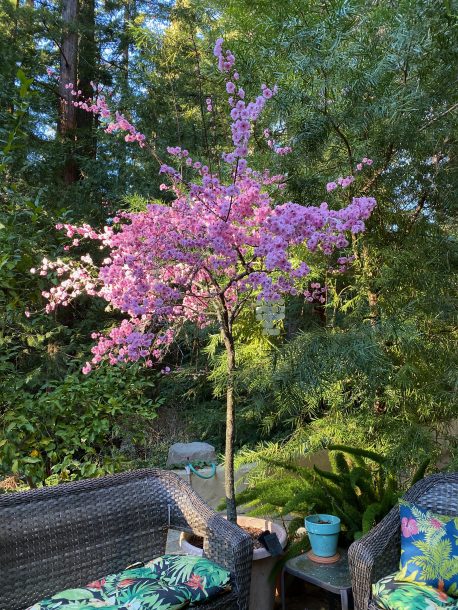
Spring is in the air, flowers blooming everywhere, birds singing in the trees, bees buzzing in the breeze. What?s a gardener to do on a day like this when just being outside is a celebration of life? Here at The Mountain Gardener headquarters- my office with the big picture windows overlooking the Blireiana flowering plum and several bird feeders- I?m taking my time to do the following gardening tasks this month:

- Check drip systems for leaks or emitters clogged by dirt or earwigs. Flush sediment from filters and check screens for algae. You may need to add emitters if plants have grown significantly and move the emitters farther away from the crown of the plant and out closer to the feeder roots which are under the drip line.
- Spread fresh compost or wood mulch around all your plants. Good soil is the secret to successful gardening. The first principle of organic gardening is to feed the soil and it will feed the plant. Remember that all gardening used to be organic. Layer 2-3″ of compost or mulch on top of the soil and let it slowly decompose and filter down into the earth. Bark nuggets do not increase your soil’s fertility like compost or wood chips do but they do conserve moisture and help keep weeds at bay.
- Transplant any plants in the garden that have outgrown their space or are not with other plants requiring the same water usage Now is a good time because plants are full of growth hormones and recover quickly from transplant shock. As you plant new additions to the garden add organic matter to the soil if it?s sandy. Organic matter enriches and allows it to hold water more efficiently. If your soil tends toward clay, organic matter will loosen it and improve drainage. In fertile soil, plants grow deep roots, are hardier for cold, more resistant to disease and more drought tolerant. Organic matter such as compost, planting mix and well-rotted manure boosts nutrition and improves soil structure.
- Fertilize if you haven’t already done so. Citrus may be looking yellow from lack of nitrogen and iron which is not absorbed easily during the cold season. Shrubs and fruit trees just emerging from dormancy are begging for their first meal of the season. Lawns -if you still have a small section- and ground covers begin their spring growth now also and benefit from a boost of organic nitrogen. Spread a thin layer of compost over everything. Leave grass clippings on the lawn to shade the roots as it get warmer and as they break down they help feed it, too. Perennials benefit from both a fresh layer of compost or composted manure and a light application of balanced fertilizer. They respond to the phosphorus from bone meal especially in the spring for root growth, stem sturdiness and flower development. Wait until azaleas, camellias and rhododendron have finished blooming and you see new leaf growth starting before feeding them.
- Weed – Pull weeds regularly before they set seed. They pull out easily from moist soil. Weeds rob your plants of precious water. Think of weeding as free gym time. And don?t remind me of how many spiny-ball hedge parsley weeds have germinated all over my property last year. I truly picked every single one before they set seed but November rains have exposed more of the seeds that were down deeper. Oh well, I?m on it and will not be defeated.
- Check for aphids. They are out in full force sucking plant juices from the tender new leaves of everything from roses to hellebore to Japanese maples. A strong spray from the hose may be enough to dislodge them. If they still persist, you can spray organic insecticidal soap, neem oil or horticultural oil to kill them. As with all pesticide sprays, do this early in the morning or later when they are not in the sun. Be sure to test first to make sure the spray doesn’t burn the new growth and always mix according to the directions.
Ants can also bring aphids up into trees and shrubs such as camellias, citrus and roses. Ants feed off honeydew secreted by aphids, scale and other plant-juice sucking insects. Ants also protect these pests from natural predators. To keep them off, wrap trunks with a 1-2″ wide strip of masking tape and coat with a sticky barrier like Tanglefoot. Keep the barriers free of dirt and check them periodically for breaks. Reapply when necessary
The most important to-do is to take time out and enjoy your garden and our beautiful surroundings. Those last few weeds will be there tomorrow but you’ll never get another today.

